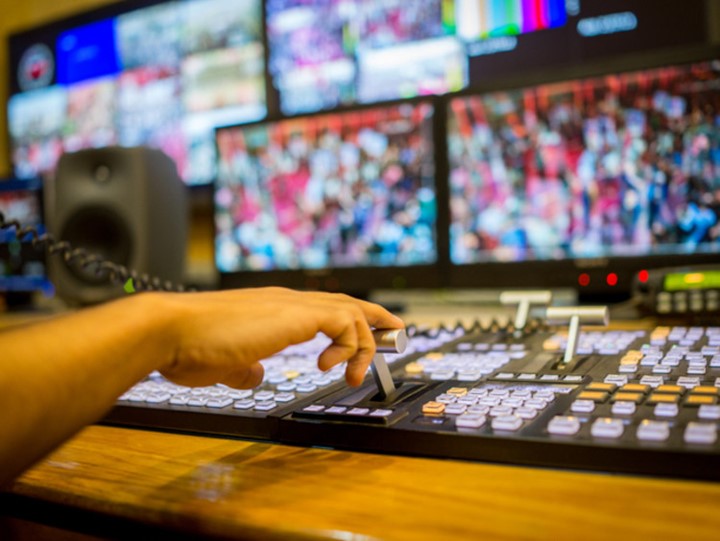Perfecting the Art of Flawless Video Projection on Curved Surfaces for Breathtaking Graphic Experiences
Perfecting the Art of Flawless Video Projection on Curved Surfaces for Breathtaking Graphic Experiences
Blog Article
Video projection is an exciting technique that allows visuals and footage to be projected onto surfaces, creating breathtaking visual encounters. When it comes to rounded surfaces, perfecting this art can be a bit more challenging than casting onto flat planes. Rounded surfaces can include anything from the facades of buildings to art pieces and even stages. Grasping how to efficiently project footage onto these forms is essential for creators, designers, and event organizers who want to create engaging settings that captivate viewers.
The initial step in video mapping on rounded surfaces is to comprehend the shape of the area. Curved surfaces can be complex, with different degrees of curvature. To achieve a smooth display, it is important to create a 3D model of the surface. This model helps in imagining how the footage will appear when cast. Applications tools are available that allow users to develop these models and simulate the display. By precisely aligning the dimensions and contours of the surface, designers can ensure that the video aligns perfectly without warping.
Once the 3D representation is prepared, the next step is to edit the footage content. This involves editing the footage to fit the particular form and dimensions of the rounded area. It is crucial to take into account the angles and viewpoints from which the audience will view the projection. The content should be designed to enhance the visual experience, making it captivating and pertinent to the concept of the event or installation. Using premium visuals and motion graphics can significantly improve the total effect of the projection.
After preparing the material, the real display process starts. This includes placing up the devices at the appropriate angles and distances to guarantee that the footage aligns with the 3D model. Adjustment is a crucial part of this procedure. It may require adjusting the luminosity, differentiation, and focus of the projectors to obtain the optimal results. Additionally, using multiple devices may be required to cover bigger or more intricate surfaces. This technique, known as seamless projection, helps create a seamless image across the entire surface.
Ultimately, trialing the display is essential before the final presentation. you could try this out This enables designers to make any necessary adjustments to the footage and device settings. It is also an opportunity to see how the viewers will experience the projection from various viewpoints. By ensuring that the footage mapping is flawless, designers can deliver a stunning aesthetic encounter that leaves a memorable impact. Mastering footage projection on curved areas not only improves artistic output but also creates new opportunities for storytelling and viewer interaction in various environments.